by Victor Liong, Chef/Owner at Lee Ho Fook, Melbourne
Marinated sea bass with chanterelles
Orange and polenta cake
Cod au Gratin
Aged lamb, onions, pickled elderflower
Into the woods we go...
Trading our future for financial gain: Food as a commodity
Corn, soybeans, wheat, oats, rice, cattle, coffee, sugar, milk, cotton, orange juice - these are just a few of the food items currently being traded on the agricultural market, meaning big businesses must invest in the large scale production of these products in order to continue to feed their demand. In an era where most foodstuffs are fully commodified, we delve deeper into the meaning behind the practice and take a look at its modern-day realities.
Classic lobster boil
Celery, apple & Young Buck
Cucumber salad
Houmous & Anatolian landscapes
Garbage Poutine
Meissen porcelain: What's in a dish?
What’s in a dish? A plate, bowl, cup; round, square, rectangular, oval, large, small, coloured, solid, printed or plain? Quite a lot as it happens. Plates are so often overlooked but they represent an important connection to our personal terroir. By following the Meissen porcelain story, we took the chance to think about how the serving vessels we use connect us to the world around us.
Naughty Nudi
Stinging nettle triangoli
Using gastrodiplomacy to build international communities
Gastrodiplomacy is the tool of using food, wine and cuisine as an instrument to create cross-cultural understanding and improve international interactions and cooperation. It can be used to create trans-cultural conversations between societies as well as a platform which promotes peace, willingness and understanding and grows food communities.
Rustic picnic bread
Brotlinge
A Difficult Choice: Farmed v Wild Seafood
At this year’s Terroir Symposium in Toronto, Terroir founder, Arlene Stein, moderated a vital main-stage panel aimed at helping food leaders better understand sustainable seafood procurement by informing an audience of chefs, restaurateurs, farmers and producers on how to make better and more informed buying decisions to ensure a sustainable future for our seas. Check out the panel’s learnings here.
























